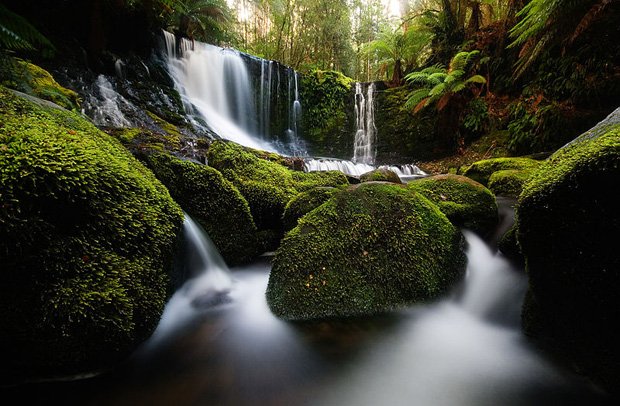Photography tips for all weather

“GRASPING THE BOAT RAILINGS, Clark yells back to me, ‘Careful Watto! It’s bloody slippery here!’ But then he’s gone. I hear a splash and my headlamp illuminates his outline swimming rapidly to shore, still with his Lowepro Toploader camera bag attached to his chest and backpack on. For the first time in the entire trip, Clark had not sealed his dry bag and his D700 and Nikkor AFS 28-70mm f/2.8 are toast.”
This extract from an article I wrote on the 2009 Patagonian Expedition Race displays the hardships your camera must endure, proving a good-quality case or bag is essential and sometimes even that is not enough.
Packing and protecting your camera: luggage
I use a Lowepro Vertex 300AW backpack for my entire professional kit which offers a good harness for all-day use, is weatherproof, is aeroplane carry-on size (don’t ask about the weight) and is (so far) indestructible.
There are a number of manufacturers offering similar products. Yet on many occasions, such a large dedicated camera backpack is not suitable.
Sometimes you need something a little more subtle. “Use a dirty old bag so you don’t look like a good person to rob,” photographer Nathan Ward suggests. Or sometimes you just need to go lightweight.
During the trekking stage of the Patagonian race, weight considerations allowed for only one camera body and one lens. I carried a Nikon D700 and Nikkor AFS 24-70mm f/2.8 in a chest-mounted Lowepro Toploader 70AW.
This enabled me to carry all my trekking and survival gear on my back in an adventure-racing bred 50L Scareb backpack while still having rapid access to my camera.
Having easy-to-reach camera gear is vital and can be the difference between nailing a shot and missing it but your system must be weatherproof. I had a waterproof cover but I doubled up with a Sea to Summit silicon dry bag inside the camera bag for river crossings.
When it gets really nasty Pelican Cases are awesome for their indestructibility and full submergibility. However the weight and limited flexibility of DSLR-sized cases sometimes exclude them from travel assignments.
Obviously your needs will differ with each journey, and tailoring your camera protection is sometimes the hardest part of the initial packing process.
Photography weather: dust
When stepping up to the DSLR for the first time you will quickly learn dust is the bane of every digital photographer’s life. When you change lenses on a DSLR, dust is physically attracted to the sensor and the tiny specks then appear on every photo until you get the camera cleaned.
Many newer DSLRs have a sensor cleaning function that works to a degree. Additionally you can obtain sensor-cleaning kits, or gently use a manual air blower (never compressed air) but should you damage your sensor, you will most likely be up for a new camera… so don’t do it unless you are very sure and very capable.
Photography weather: extreme wet
For trips where submergibility is expected I use a Pelican case that fits inside a lightweight canyoning bag. This allows me to carry my camera gear in a bombproof, watertight case, as well as extra clothes, in a dry bag.
REALTED ARTICLES

